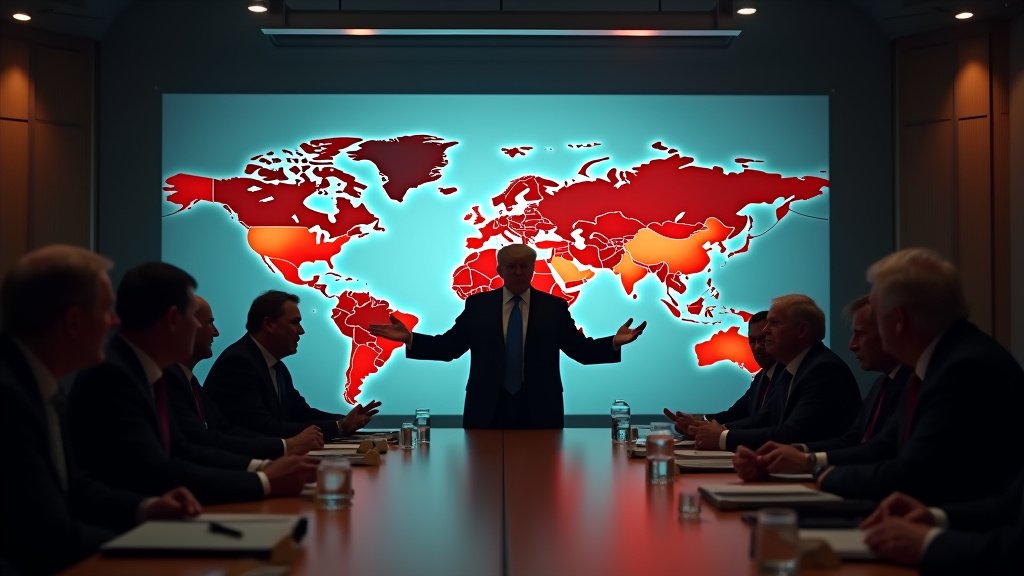New York, NY – United States federal prosecutors in New York have charged eleven individuals in connection with an elaborate, Russia-based criminal enterprise alleged to have orchestrated a massive scheme to defraud the American health insurance program for the elderly and disabled, Medicare, out of an estimated $10.6 billion.
The indictment, dated June 18, describes the group as a “transnational criminal organization” that conducted a sophisticated “multi-billion-dollar health care fraud and money laundering scheme” with significant scope and reach.
Anatomy of the Alleged Fraud
According to prosecutors, the scheme involved the acquisition of dozens of medical equipment companies from their legitimate prior owners. These purchased entities were then allegedly used as conduits for filing fraudulent claims with Medicare.
The core of the operation reportedly relied on stolen personal information from over a million Medicare recipients. This sensitive data was exploited by the defendants to submit billions of dollars in claims through the network of acquired medical equipment providers.
A critical element of the alleged fraud was the assertion that medical equipment was being provided to beneficiaries when, in fact, prosecutors state no equipment was ever shipped for the payments claimed.
Financial Impact and Scope
While the total value of the fraudulent claims filed reached billions of dollars, the actual amount paid out by government and private insurers as a result of these submissions is substantial. Medicare is reported to have paid approximately $41 million directly as a result of the fraudulent submissions.
Beyond Medicare, supplemental insurers are estimated to have paid an additional $900 million between 2022 and 2024 on claims linked to the alleged scheme. These figures underscore the significant financial drain on both public and private health insurance systems caused by the operation.
The indictment’s estimate of the total alleged fraud value at $10.6 billion highlights the potential maximum exposure or claim value sought by the organization, even if the realized payments were lower due to detection or other factors.
A Transnational Criminal Enterprise
Prosecutors characterized the group as a “transnational criminal organization,” emphasizing its cross-border nature and sophisticated structure. The charges highlight the increasing challenge of combating complex financial crimes that originate in foreign jurisdictions like Russia but directly impact U.S. systems and citizens.
Money laundering was an intrinsic part of the alleged scheme, aiming to conceal the illicit origins of the funds obtained through the fraudulent Medicare claims. This element makes dismantling such operations particularly complex, as it requires tracing financial flows across international borders.
Implications for Healthcare Security
The scale and nature of this alleged $10.6 billion scheme raise serious concerns about the vulnerabilities of large-scale healthcare programs like Medicare to sophisticated fraud attempts. The theft of personal information from over a million recipients points to potential breaches or data vulnerabilities that allowed the criminal organization access to critical data needed to file claims.
Authorities continue to work to protect healthcare programs from fraud, waste, and abuse, but schemes of this magnitude demonstrate the persistent threat posed by organized crime groups leveraging technology and complex corporate structures.
The Path Forward
The charging of the eleven individuals marks a significant step in disrupting this alleged criminal enterprise. While the indictment lays out the prosecution’s case, the legal process, including potential arrests, extraditions, and court proceedings, will unfold in the coming months.
The focus for law enforcement and prosecutors will be on holding those responsible accountable and potentially recovering some of the funds fraudulently obtained. The case serves as a stark reminder of the global nature of financial crime and its potential to impact vital public services.
Further details regarding the specific roles of the eleven charged individuals and the full extent of the organization’s operations are expected to emerge as the case proceeds through the U.S. judicial system.












